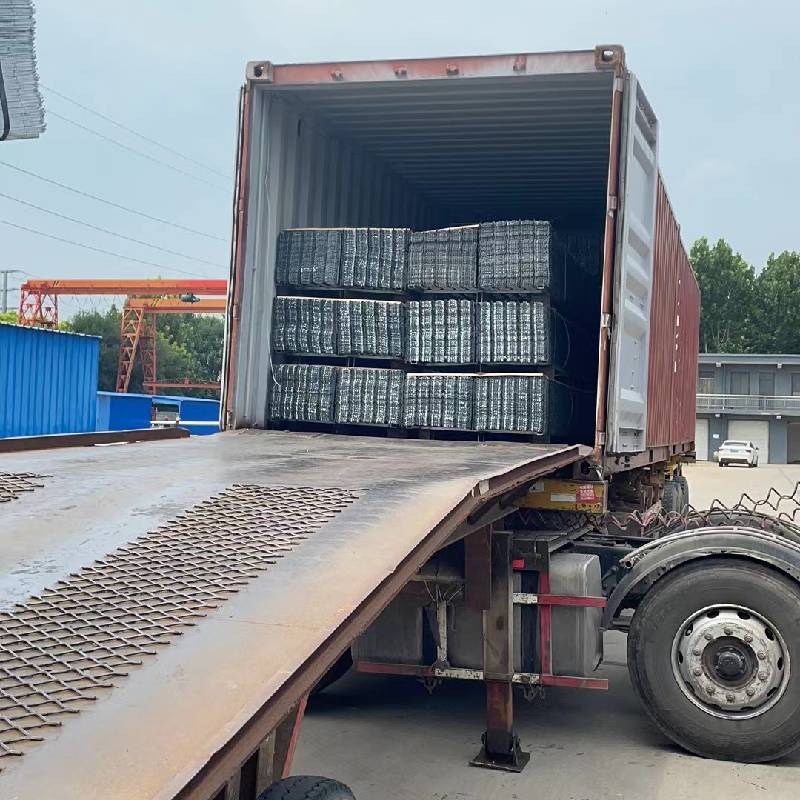
- Mobile Phone
- +8613931874955
- sales@cntcmetal.com
lateral wall ties
Understanding Lateral Wall Ties Ensuring Structural Integrity
Lateral wall ties, often referred to simply as wall ties, play a critical role in the construction and stability of buildings. These essential components are used to connect two walls, typically for stabilizing masonry walls, providing both structural support and integrity. Understanding their function and importance can help ensure the safety and longevity of a building.
What are Lateral Wall Ties?
Lateral wall ties are metal connectors, usually made from galvanized steel or other durable materials, that link masonry walls to various components, such as brick veneers, concrete blocks, or even other masonry walls. Their primary function is to resist lateral forces, which can arise from wind, seismic activity, or the pressure exerted by soil, thereby helping to maintain the structural integrity of a building.
The Importance of Wall Ties
Buildings are subjected to various forces throughout their lifespan. For instance, high winds can exert considerable lateral pressure on wall surfaces, while ground movements can create shifts that jeopardize the stability of vertical structures. Lateral wall ties help distribute these forces evenly, reducing the risk of cracks, bulging, or even collapse. They are particularly crucial in multi-story buildings where the upper layers exert additional pressure on lower walls.
lateral wall ties

Additionally, lateral wall ties contribute to the overall stability of the masonry system
. By connecting the outer façade with the inner structural framework, these ties ensure that both components act as a unified system, enhancing the resilience of the entire structure against environmental stresses.Installation and Building Codes
The proper installation of lateral wall ties is crucial for their effectiveness. Building codes often dictate the type, spacing, and positioning of these ties, as they must be installed at regular intervals to ensure maximum strength. Factors such as the building's height, width, and the materials used will influence the specifications of wall tie installation. Compliance with these standards not only enhances safety but also ensures that the building adheres to legal requirements.
Conclusion
In summary, lateral wall ties are vital components of modern construction, providing essential support and stability to masonry structures. Their role in connecting walls ensures that they can withstand various stresses, contributing to the safety and durability of buildings. As construction practices evolve, the importance of understanding and properly implementing wall ties cannot be overstated. Considering the dynamic forces that buildings face throughout their lifespan, ensuring that lateral wall ties are correctly integrated within construction designs is essential for maintaining structural integrity and ensuring the longevity of our built environment.
share:
-
Your Source for Concrete Wall Ties and Masonry AccessoriesNewsJul.10,2025
-
Unlocking the Power of Iron Wire for Every ProjectNewsJul.10,2025
-
Explore Advanced Chain Wire and Stainless Steel Mesh FencingNewsJul.10,2025
-
Discover the Benefits of Annealed Wire ProductsNewsJul.10,2025
-
Discover China Stainless Steel Wire Mesh SolutionsNewsJul.10,2025
-
Build with Confidence Using High-Performance Masonry AccessoriesNewsJul.10,2025
-
Why Sacrificial Formwork Is Redefining Underground ConstructionNewsJun.06,2025



















